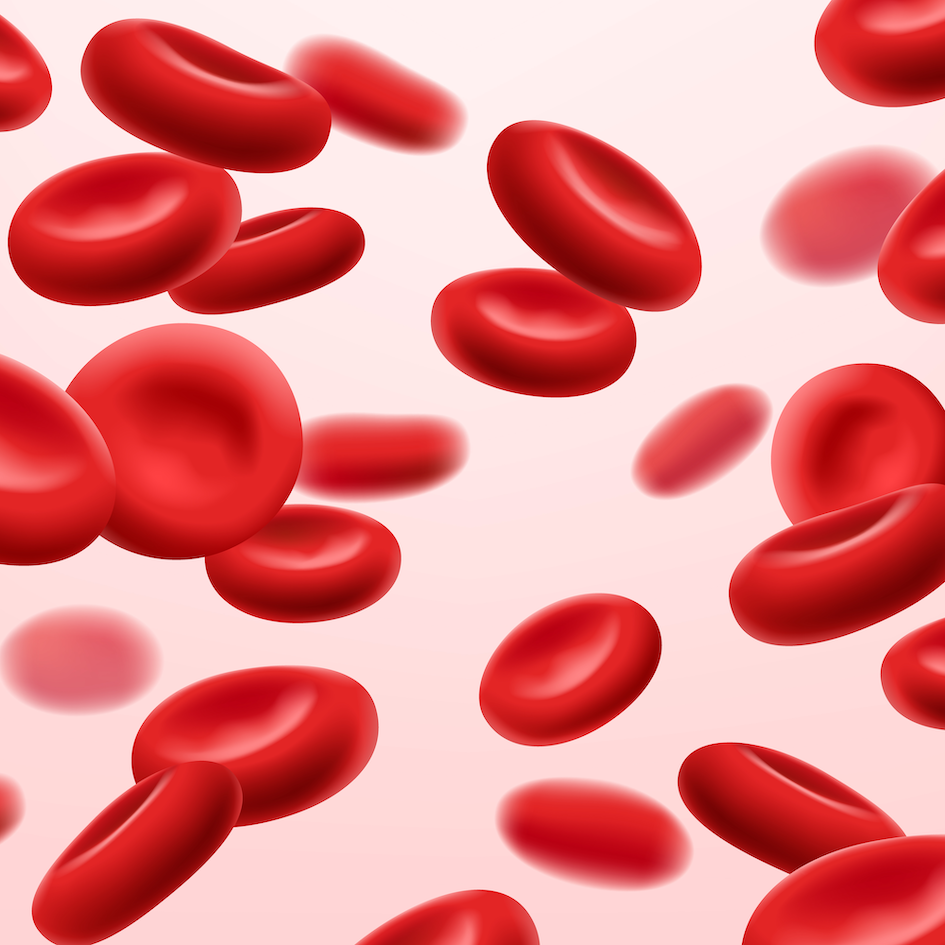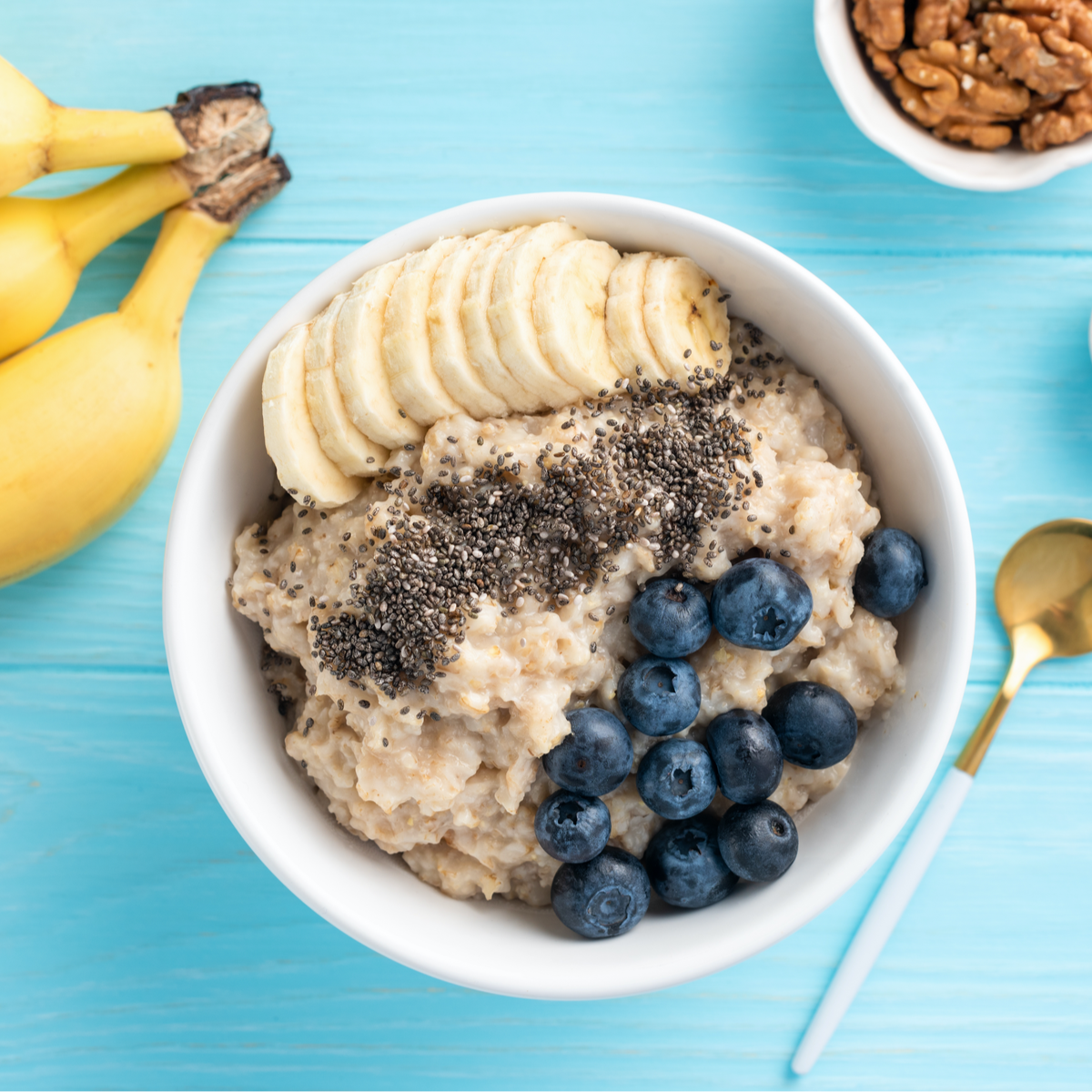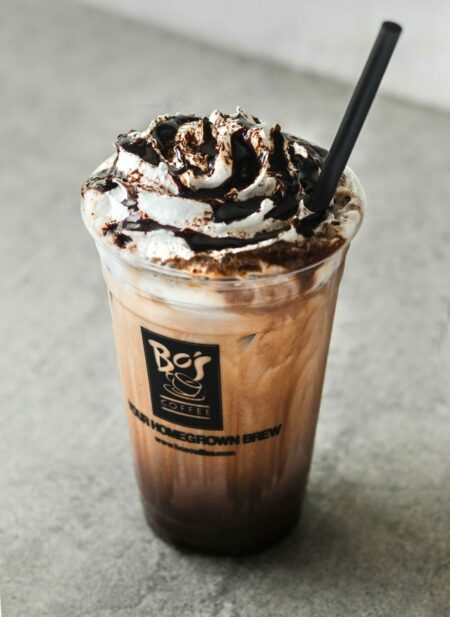
Eating the right amount of food for your body’s needs sounds simple, but can be very challenging in today’s food environment.
We are surrounded by calorie-dense foods designed to trigger a desire for more (known as “hyper-palletable”); furthermore, “treating yourself” constantly is celebrated, and portion sizes are up.
How can we get things back in line?
While there is no one-size-fits all solution, calorie management lies at the heart of all successful weight loss — whether or not this is done consciously.
Potential strategies to combat overconsumption range from intuitive eating, to altering your food environment, to implementing “rules” that minimize overeating, such as time-restricted eating or cutting out calorie-dense foods that trigger overeating (e.g. sugars and refined carbs).
This article speaks to a highly systematic approach that can be used alone or in combination with other approaches — understanding your calorie needs and choosing foods that fuel your body while keeping you within budget.
Before we dive into calculating YOUR calorie needs, let’s get some definitions straight.
What is a calorie?
A calorie is a unit for measuring the energy content of food or drinks. Nutrition labels often use the term Calorie (uppercase C) to mean one thousand calories.
1 Calorie = 1000 calories = 1 kilocalorie = 1 kcal.
*Nerd tip: One calorie is the energy that we need to raise the temperature of 1 kilogram of water through 1 °C.
Breaking down the calorie pie
You can think of your body’s energy needs as a pie with three pieces. The whole pie is known as your Total Daily Energy Expenditure (TDEE) — the number of calories you need in a day. For most of us, one piece — the ‘staying alive’ piece — is by far the largest.

- Resting Metabolic Rate (RMR) or Resting Eetabolic Expenditure (REE). This is the energy you need to stay alive, keeping your organ systems humming, even at rest. This figure is very similar to your Basal Metabolic Rate (BMR).
- Thermic Effect of Activity (TEA). This is the energy your body needs for any and all movement, including fidgeting.
- Thermic Effect of Food (TEF). This is the energy your body needs to digest, absorb, and metabolize your food.
As a moderately active adult, my RMR makes up about 60% of the pie, my activity slice is about 30%, and the thermic effect of food is about 10%. If you are less active, your total pie shrinks, and your activity slice shrinks while your RMR makes up more of the pie. TEF stays about 10%. The opposite is true if you are more active — the total pie size grows, the activity slice grows, and the RMR proportion shrinks. My brother may even have a greater activity piece than RMR piece, a split that is rare among adults with any job other than athlete!
With these definitions and concepts behind us, let’s dig in!
Three ways to estimate your calorie needs
1. Calorie Tracking

- Pros: Accurate and elegant, if you do it right. Log the calories in every bite and sip you take. Keep at it for a few days, then calculate your average. Do this during a time when your weight is stable.
- Cons: Takes patience and attention to detail.
- Tips: An App like MyFitnessPal, makes this painless, especially if you eat the same foods repeatedly.
2. Professional Lab Testing
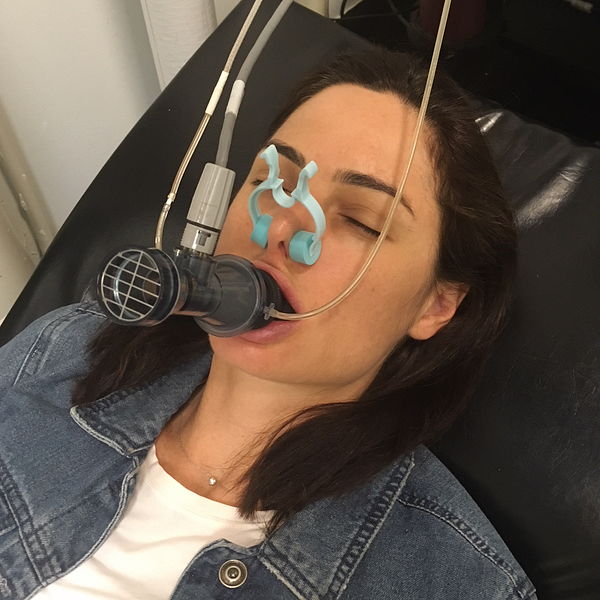
- Pros: You can’t cheat yourself. Show up for your appointment, lie still, breathe…and voila, you have your answer. Testing is often done in the morning following a 12 hour fast.
- Cons: Testing centers are hard to find and can be expensive. Also, they only gives you your BMR (basal metabolic rate), which is only one piece of the calorie pie. Accuracy can be unpredictable, and depend on the equipment and the operator, and how controlled the environment is. I was surprised by how different my results were when tested a few weeks apart. It’s impossible to know if this change is ‘real’.
- Tips: Only recommended for supergeeks — ideally willing to be tested more than once.
3. Calorie Calculators
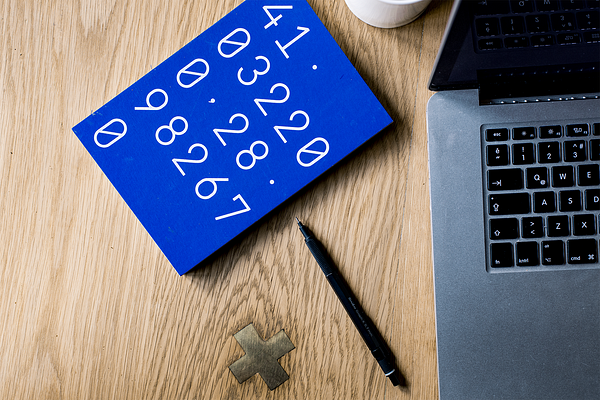
- Pros: Quick and easy.
- Cons: Accuracy ranges from fair to good depending on which calculator you choose and how well it fits your build.
- Tips: Try a few calculators and choose the higher or lower number depending on your goals
Keep reading to learn more about calorie calculators:
Which Calorie Calculator is Best?

As discussed above, the biggest slices of your energy (calorie) needs pie are the RMR or BMR slice(energy needed to simply stay alive) and the activity slice.
Some online calorie calculators give you your Total Daily Energy Expenditure (daily calorie needs) in one step, while others require two steps.
One step TDEE calculators
My top pick for a “one step” TDEE calculator is the one developed by the National Academy of Medicine, and used in the US nutritional guidelines. Simply enter your gender, age, weight, height, and daily activity level and out comes your estimate. Read more about these formulas here.
While one-step calculators are convenient, they make a lot of assumptions about your body composition being similar to ‘average’ and often overestimate calorie needs. In my case, the estimate was several hundred calories above my lab tested results.
Fun Fact:
The single best predictor of someone’s resting calorie needs is the amount of lean muscle (non-fat) mass.
Two-step calculators
The two-step approach takes a bit more work but tends to be more accurate.
- Step 1: Calculate your BMR
- Step 2: Apply your activity factor to address energy needs related to movement
Let’s go through both steps then put it all together:
Step 1: Calculate your BMR
There are several popular BMR calculators to choose from. My top pick is the Katch-McArdle equation, because it is based on your amount of lean body mass, which we know is a strong, direct predictor of BMR. Other popular formulas include Mifflin-St Jeor equation and Revised Harriet Benedict equation, which don’t use lean body mass, but instead rely on age, height, weight and gender.
In my case, the results for all four formulas were surprisingly similar — and aligned well with my lab-based results.
Your Turn!
Step 2: Apply your activity factor.
Find your total energy needs by multiplying your BMR by an activity factor. Your activity factor reflects whether you are sedentary, highly active, or somewhere in between.
- Total Daily Energy Expenditure = BMR x Activity Factor
- E.g. 1900 calories = 1360 calories x 1.4 (moderate activity)
See Gory Details Appendix for guidelines on appropriate activity factors. Note: I find the numbers to be rather generous. I consider myself moderately active but find I need to use the ‘lightly active’ activity factor to align with my real world results.
Your Turn!
Calculate your daily calorie needs (TDEE) using RMR and activity factor
Fun Fact: It takes a lot of muscle to boost your metabolism
Muscle burns more calories than fat, even at rest, but it takes a lot of muscle to make a big difference than you may expect. I would need to gain about 4 kg (10 pounds) of muscle to boost my resting metabolism by 100 calories!
Note: Many workouts boost your metabolism beyond the actual time spent exercising, so can have considerable impact on daily 'burn'.
Bottom Line
For greatest accuracy, I recommend the two-step approach:
- Measure (or guess) your % body fat.
There are many ways to figure out your body fat (and thus your lean body mass). Examples include calipers, digital scales, and imaging-based methods. Most gyms can offer you at least one option.
2. Plug your results into a BMR calculator such as this one (e.g. The Katch-McArdle Formula).
3. Find your total calorie needs by multiplying BMR by your activity factor. Be conservative! Calculate manually or using an online calculator such as this one.
Appendix: Gory Details
Activity Factor Guidelines
- Sedentary = BMR x 1.2 (little or no exercise, desk job)
- Lightly active = BMR x 1.375 (light exercise/ sports 1–3 days/week)
- Moderately active = BMR x 1.55 (moderate exercise/ sports 6–7 days/week)
- Very active = BMR x 1.725 (hard exercise every day, or exercising 2 xs/day)
- Extra active = BMR x 1.9 (hard exercise 2 or more times per day, or training for marathon, or triathlon, etc.
Professional testing of BMR and RMR
I had my BMR tested professionally several times, a few weeks apart. My average result was 1360 calories per day.
- You lie down for about 20 minutes while hooked up to a machine that measures the gases you use and exhale — specifically, oxygen (O2) used and carbon dioxide (CO2) exhaled.
- These gases give us a window into exactly how much work the cells in our body are doing.
- Test conditions are very specific. You lie down, after a solid night’s sleep, and ideally after a 12 hour fast and in a thermostable environment (the latter two are specific to BMR).
BMR and RMR Predictions
My predictions, sorted from highest to lowest:

Formulas behind the calorie calculators
Here are the formulas that the calculators use. Note that these formulas are all for adults.
Institute of Medicine (Total Daily Energy Expenditure / Estimated Energy Requirement)
- Women EER = 354 — (6.91 x age [y]) + PA x { (9.36 x weight [kg]) + (726 x height [m]) }.
- Men EER = 662 — (9.53 x age [y]) + PA x { (15.91 x weight [kg]) + (539.6 x height [m]) }
The Katch-McArdle Formula (RMR)
- RMR = 370 + (21.6 x LBM) — LBM = lean body mass in Kg
The Cunningham Formula (RMR)
- RMR = 500 + (22 x LBM) — LBM = lean body mass in Kg
The Revised Harris-Benedict Equation
- Women BMR = 447.593 + (9.247 x weight in kg) + (3.098 x height in cm) — (4.330 x age in years)
- Men BMR = 88.362 + (13.397 x weight in kg) + (4.799 x height in cm) — (5.677 x age in years)
The Mifflin St Jeor Equation
- Women BMR = (10 x weight in kg) + (6.25 x height in cm) — (5 x age in years) — 161 (measured in Kcal/day)
- Men BMR = (10 x weight in kg) + (6.25 x height in cm) — (5 x age in years) + 5 (measured in Kcal/day




